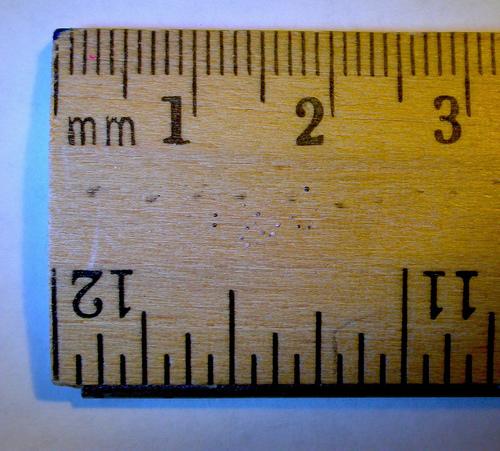Nyla is a happy, energetic fourth-grader. She lives with her mom in Orchard Beach, a leafy Ann Arundel County neighborhood. She plays with her friends on their tree-lined street.
A few years ago, before her family moved there, Nyla was hospitalized every two months for severe and debilitating asthma, reports a recent National Housing Institute article in Maryland’s Shelterforce magazine. Her mother suffered from depression and the fear of losing her child to the relentless shootings in their former low-income neighborhood in West Baltimore.
Then, Nyla and her mother experienced a drastic improvement in health due to relocation brought about by the department of Housing and Urban Development’s Moving to Opportunity for Fair Housing pilot program.
Nyla’s story illustrates the price of poverty — and of the extreme income inequality that’s an alarming and ever-increasing problem in the United States and in Maryland. Maryland ranks among the wealthiest states in the nation. Our politicians point out that Maryland’s public schools regularly rank No. 1 in Education Week’s yearly review, and our students are leaders in taking AP tests.

Biking Nikon SFO/Flickr
Maryland ranks No. 18 among the states in terms of the gap between the rich and poor. The wealthiest 3 percent of Marylanders earn 36 percent of the state’s income, while Maryland’s poorest 24 percent earn just 9 percent.
Our reliance on gross domestic product growth to assess whether the economy is improving overall is one factor that keeps the realities of growing inequality in our state and the nation in general largely hidden.
Fortunately, Maryland is leading the nation in using a different measure: the Genuine Progress Indicator. Ours is the first state-level alternative measuring stick of its kind, and it offers a fuller measure of the well-being of those of us who live here. The GPI measures 26 factors in the categories of economic, social and environmental well-being and pools them into a single indicator.
In a new study, the Institute for Policy Studies and the Center for Sustainable Economy examine the troubling trend of Maryland’s growing inequality and what can be done to address it. With input from Maryland-based public-interest groups, the report addresses the economic costs of inequality and what the GPI might be if we had a level of income equity similar to 1968.
One example of measurable improvement can be found in the recent research on housing mobility and health illustrated by the story of Nyla’s family. Moving from a poor neighborhood to a more affluent one appears to significantly improve people’s health. An analysis of the long-term benefits of HUD’s new program illustrates the benefits of reducing inequality.
In Baltimore and four other cities, low-income families who were relocated from the highest-poverty neighborhoods to lower-poverty neighborhoods experienced measurable physical and mental health improvements. Increased employment and decreased welfare costs then followed.
The GPI can help Maryland evaluate the benefits of policies that will reduce our income inequality and achieve a healthier and wealthier workforce. Better-paid workers can more easily do such things as send their kids to college or purchase dishwashers. Such changes could produce estimated benefits to Maryland’s economy of more than $65 billion each year.
When assessing policies affecting our state and the well-being of all our citizens, we should be using a lens such as the Genuine Progress Indicator to measure what really helps us and what really hurts us — including the health of our waterways, the availability of leisure time and the level of our inequality. This goes for Nyla, her mom and the rest of us.